Safe and Reliable Tips for Insulating Older Homes
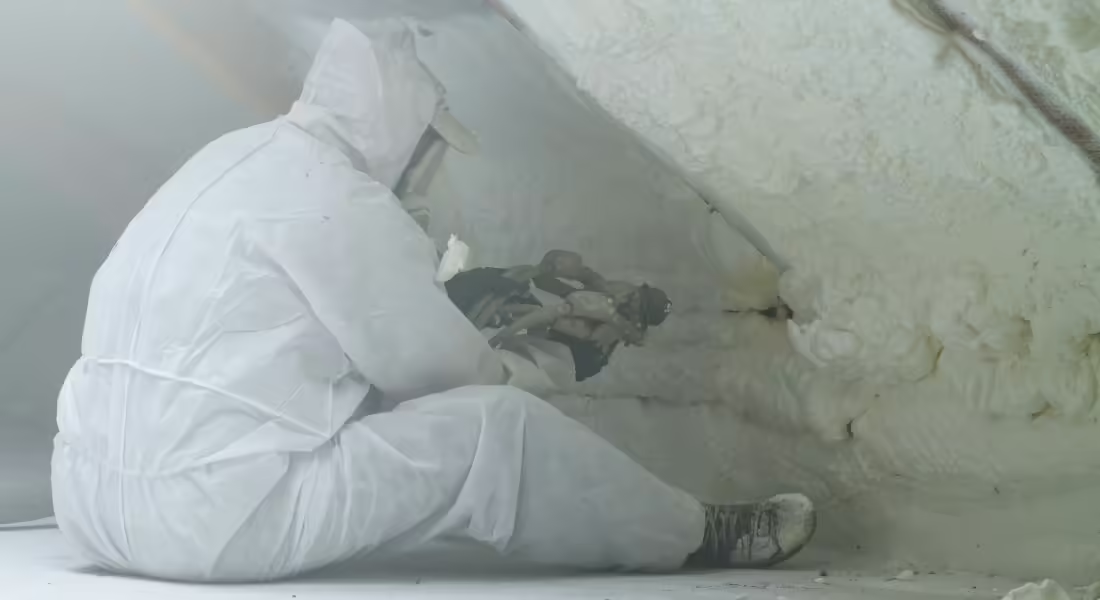
There are many benefits to purchasing and living in an older house. Cost is a huge factor, as many older homes have lower purchasing prices and property taxes. Many people also enjoy the traditional, high-quality craftsmanship of an older home. You’ll find plenty of character and history in older properties.
However, like all houses, older homes come with their challenges. One major factor many homeowners deal with is poor insulation. Older homes can be notoriously drafty, ruining the comfort of what should be a grand and cozy space. Fortunately, there are ways to retrofit your older house with modern, high-quality insulation solutions. Check out these safe and reliable tips for insulating older homes.
Why Are There Insulation Issues With Older Homes?
Insulation is a priority in modern construction, but this wasn’t always the case. Older homes aren’t as airtight as modern ones, which means you may deal with uneven temperatures, drafts, and other uncomfortable fluctuations in your older property. Professionals built older homes to have a natural ventilation system. Unfortunately, this means air can leak in and out of your home even when you don’t want it to. Even older homes that had good insulation might have experienced damaging factors like moisture issues, pests, or other incidents that can ruin the insulation.
Whether the problem lies in the home’s construction or the effects of time, there’s a good chance your older home isn’t as comfortable as you want it to be. But a few challenges make insulating older homes more difficult than modern homes. Always take care when removing or replacing insulation in your older home. With a bit of care and the help of expert insulation contractors, you can install modern insulation solutions without damaging your gorgeous older home.
Pay Attention to the Attic
The attic plays a huge role in temperature regulation for any property. Hot air rises and can easily seep out of a poorly insulated attic. Many older homes have larger attic spaces that make it easier to retrofit insulation. This is a great first step to addressing the insulation of your older home. You can either insulate the roof deck or the attic flat. If you plan on using your attic for storage or as a living space, insulate the roof deck to help regulate the temperature in the attic space itself. If you don’t want the attic as part of your air-conditioned space, insulate the attic flat and cut it off from the rest of your home.
The biggest challenge when insulating the attic is addressing the gaps, cracks, and irregularities in your attic space. When insulating, pay attention to details like light fixtures, ductwork, wiring, chimneys, and other nooks and crannies. Thoroughly covering these areas helps ensure a better insulated, more comfortable home.
Remember the Basement
The basement is another crucial area when it comes to your home’s insulation. Basements, crawl spaces, and other underground areas must be able to withstand influence from ground temperatures. Insulating exterior walls helps control the temperature of the basement, while spraying the floor joists helps protect the rest of your home from any drafts or irregular temperatures your basement might create.
Moisture protection is also key in basement insulation. That’s why it’s important to use water-resistant insulation and sealing material. Pay attention to riskier areas like doors and windows, air vents, pipes, and ductwork.
Insulating the Walls
If your older home really struggles with temperature regulation, you might have to address the insulation (or lack thereof) in your interior and exterior walls. These areas are more of a challenge to insulate than the attic or basement, but the right professionals know how to work around any issues and create a lasting solution for your home. The biggest challenge is adding insulation without tearing down or damaging your walls. There are a few techniques to help contractors safely retrofit your insulation.
If you plan on renovating the walls of your home—either with new siding on the exterior or new drywall on the interior—you can simply install the insulation and place the new walls on top of it. If you’re only improving the insulation, though, you’ll need a different solution.
Hollow walls allow contractors to inject new insulation into your walls. These injections can come from both the inside and outside of the walls, though interior injections are easier to make and cover up. By drilling holes into the wall and filling them with polyurethane spray foam, contractors can fill the existing space with a reliable insulation solution. Once the insulation is in place, contractors will patch and cover the injection site.
Choosing the Best Insulation Material
One of the best tips for insulating older homes is knowing which insulation material to use. Spray foam insulation is one of the best options for older homes. This is because polyurethane spray foam starts as a liquid before expanding into a thick, durable foam. This expansion allows the insulation to fill difficult spaces like corners, cracks, and any other imperfections or irregularities in your older home. Additionally, adding spray foam is a minimally invasive technique, which is why it works well when adding insulation to your home’s walls.
Finally, closed-cell spray foam is waterproof. This makes it a great solution for older homes that have cracks and other flaws. The insulation creates a watertight seal in these areas, preventing moisture issues like condensation or mildew from occurring in your home.
What To Do With Existing Insulation
Now that you know the basics of retrofitting insulation in your older home, what do you do with the insulation that’s already there? The answer varies depending on the type of insulation you have and the shape it’s in. Older insulation might be cracked and deteriorated, which means you need to replace it. You should also remove any insulation that’s in the way of your new insulation solutions. For example, you’ll have to get rid of blown-in cellulose or mineral wools within your walls before you add spray foam insulation. However, any insulation that’s in good shape can stay.
The Perks of a Professional Insulation Service
Experienced insulation contractors will know exactly how to insulate your older house to make it the most comfortable home possible. That’s why it’s important to work with someone who will take good care of both you and your property. If you’re looking for a spray foam contractor in Lake Zurich and the surrounding areas, turn to the friendly faces at Paragon Protection. We’ll set you up for success so that you can enjoy your home no matter the weather.





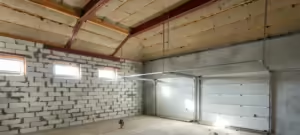




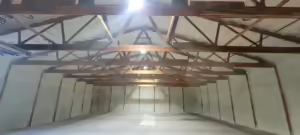



 Professional Insulation Services
Professional Insulation Services Attic Insulation Services
Attic Insulation Services Basement Insulation
Basement Insulation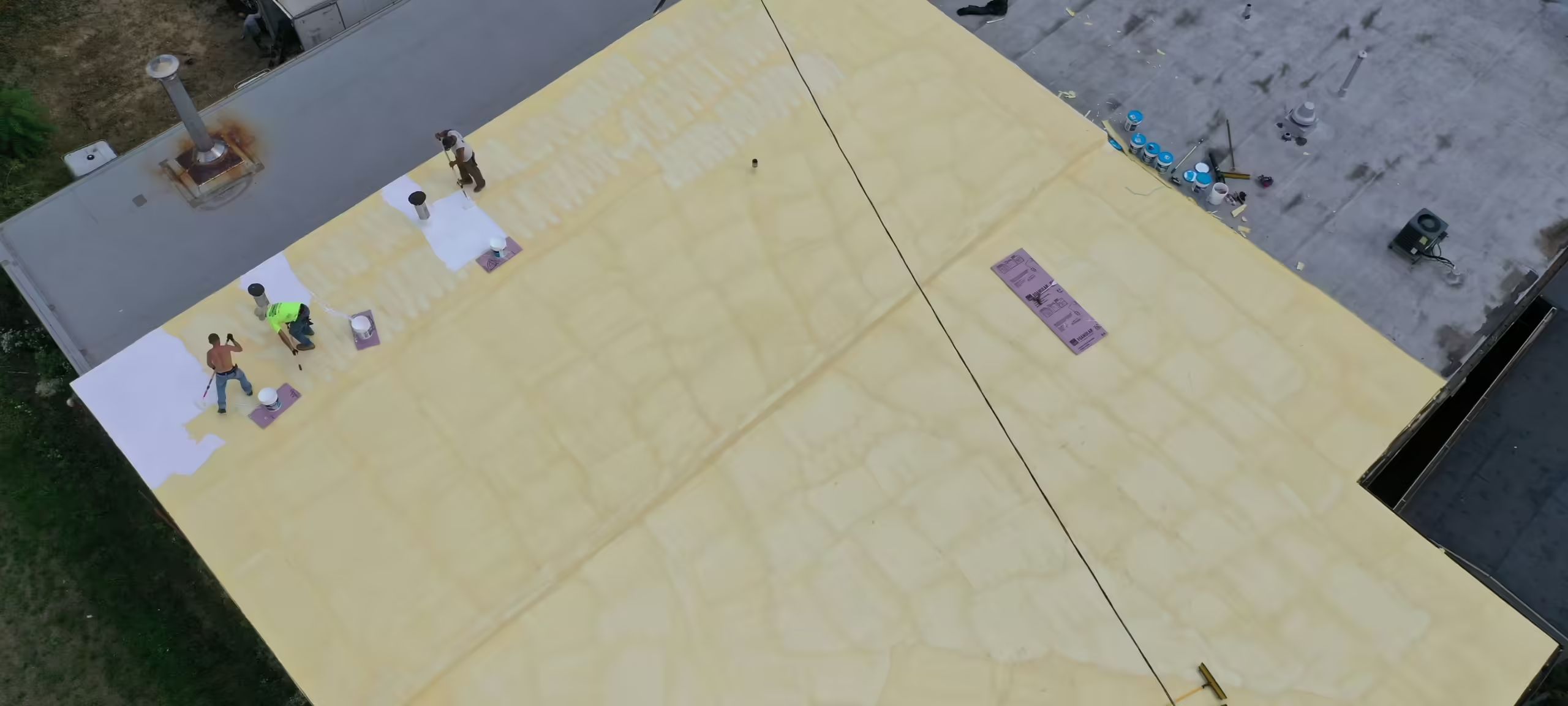 Commercial Insulation
Commercial Insulation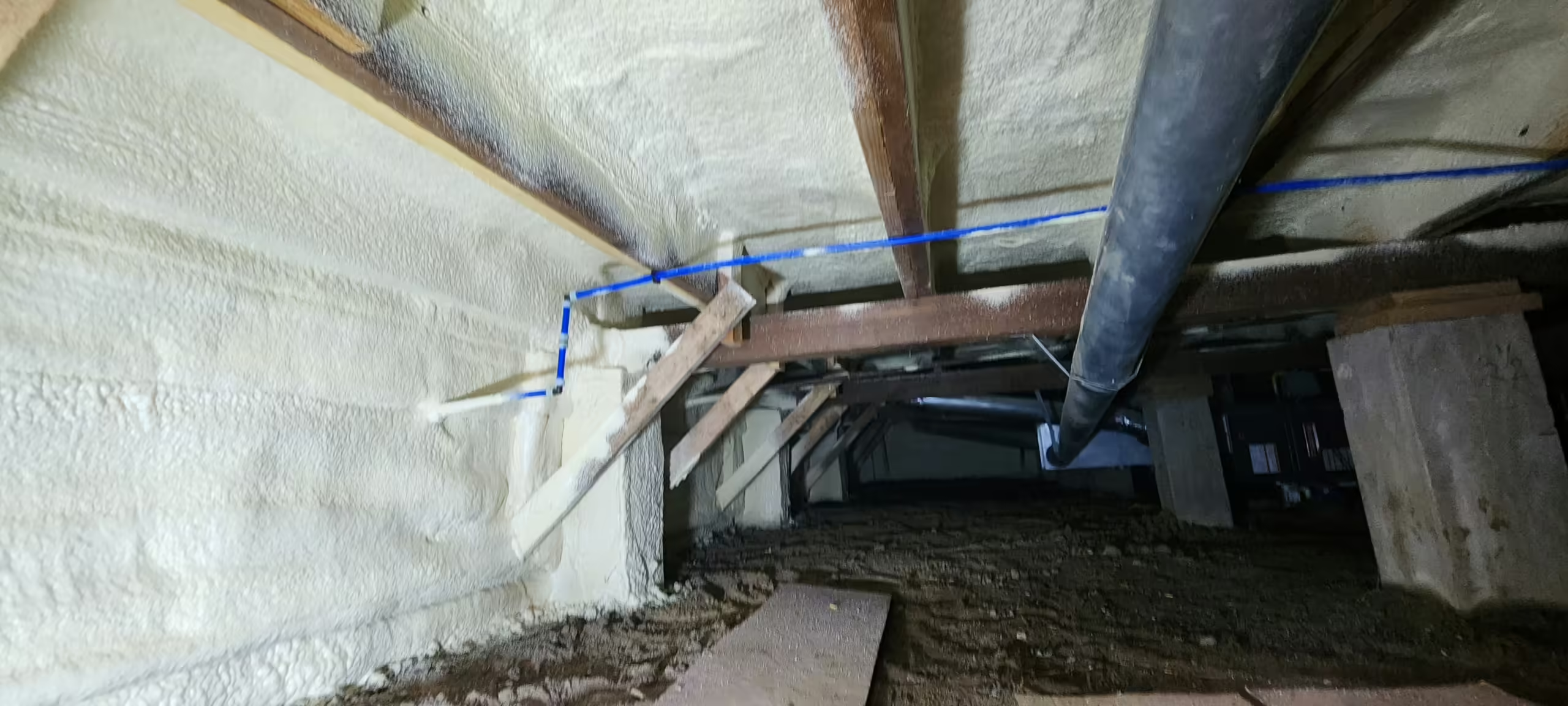 Crawl Space Insulation
Crawl Space Insulation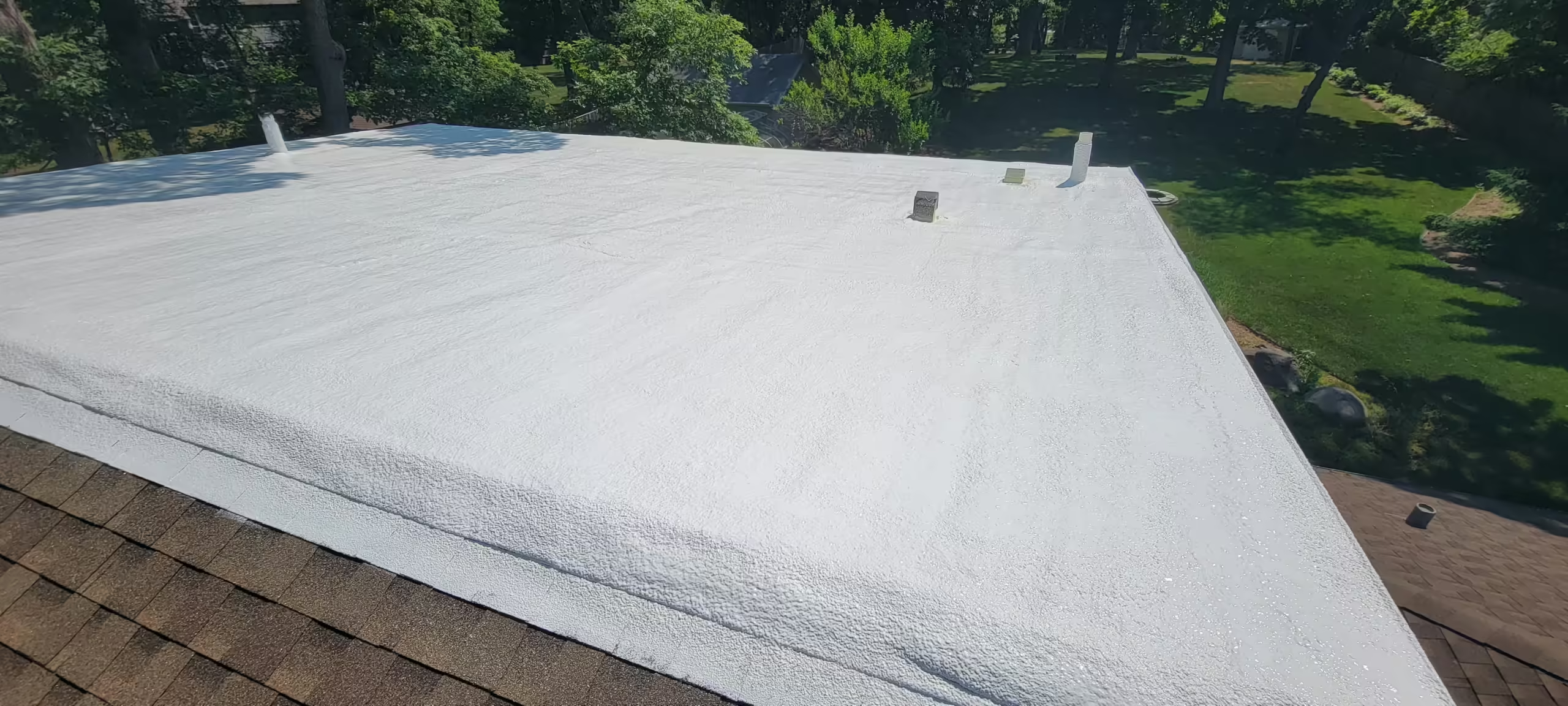 Exterior Wall Insulation
Exterior Wall Insulation Garage Insulation
Garage Insulation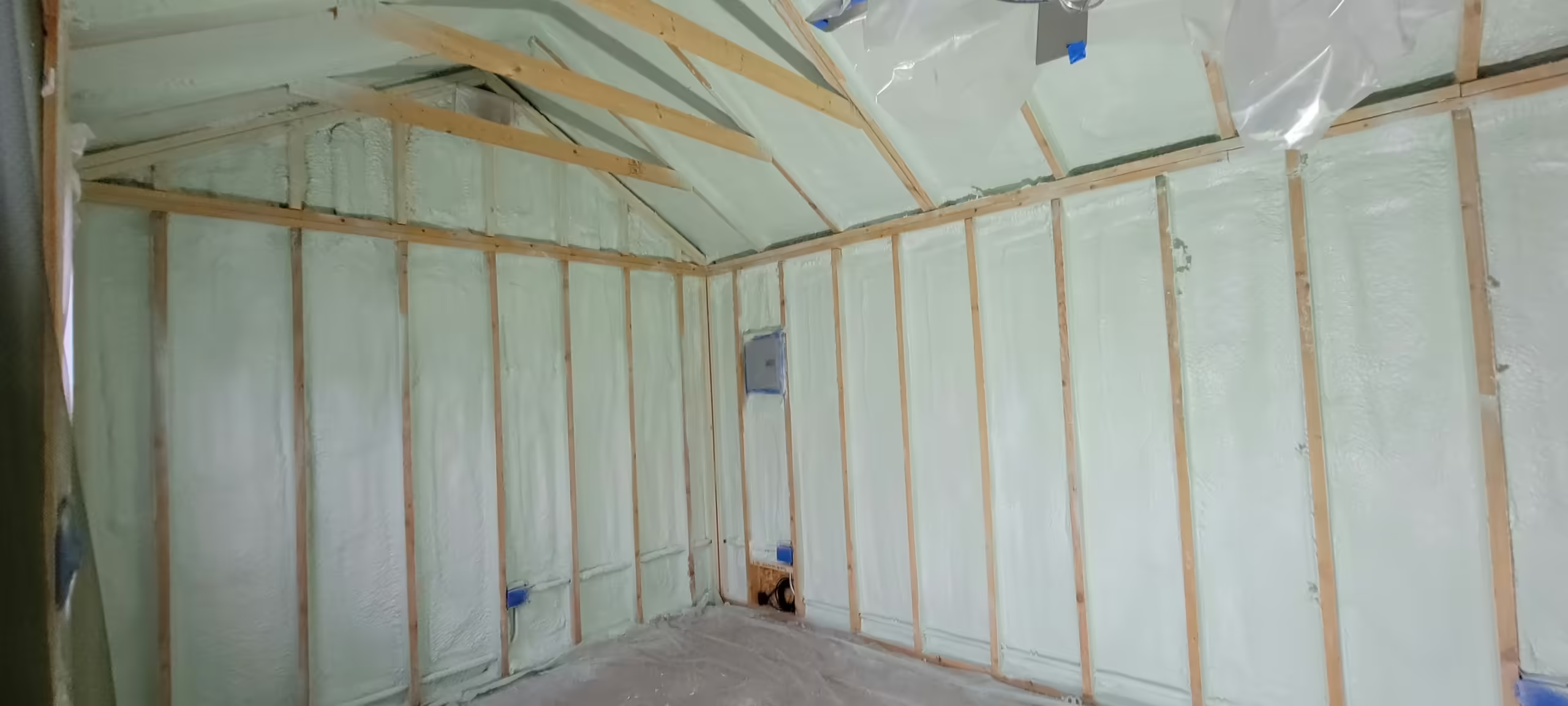 Interior Wall Insulation
Interior Wall Insulation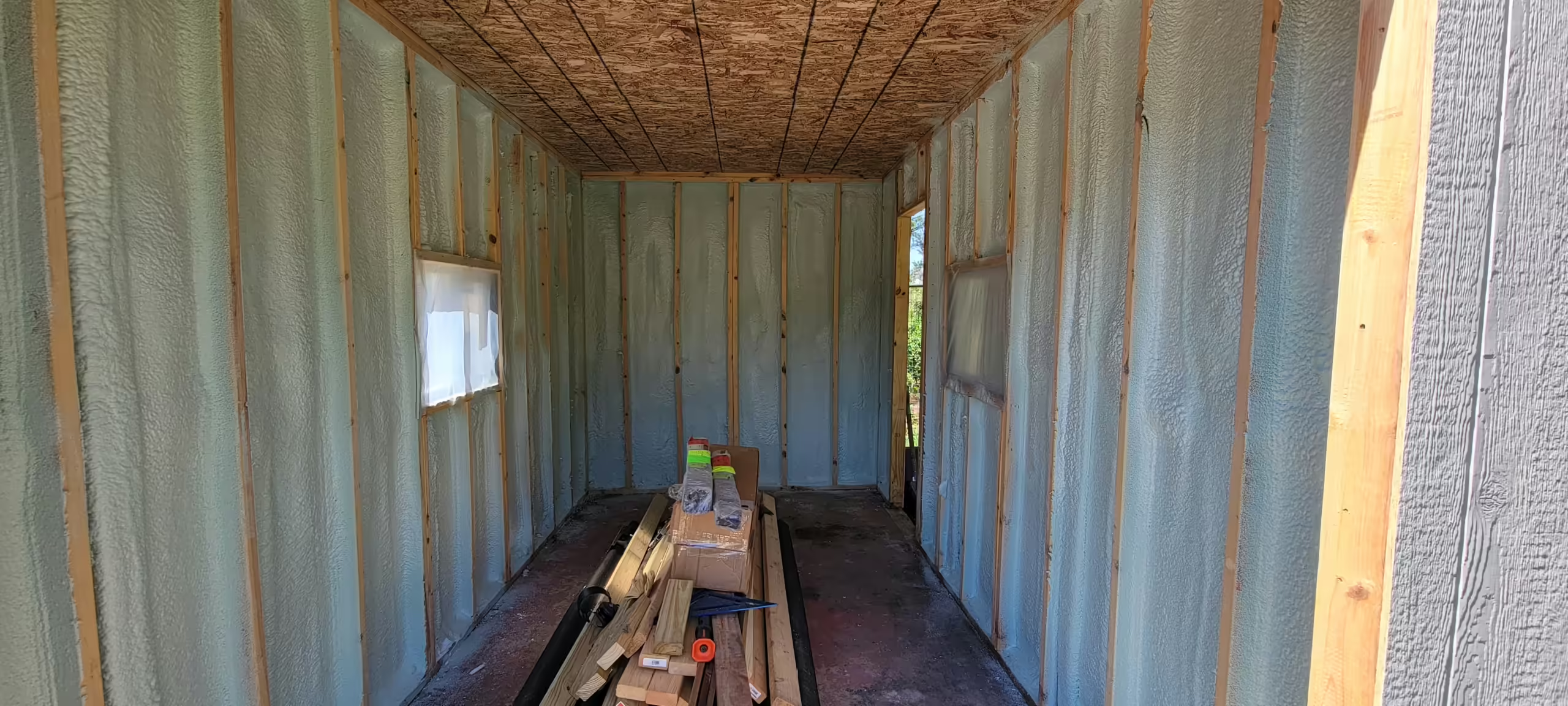 Shed Insulation
Shed Insulation Power Washing
Power Washing Sealcoating
Sealcoating Backup Power Generators
Backup Power Generators Lake County Insulation
Lake County Insulation Spray Foam Insulation Guides
Spray Foam Insulation Guides Insulation Guide
Insulation Guide Home Improvement & Maintenance Guide
Home Improvement & Maintenance Guide